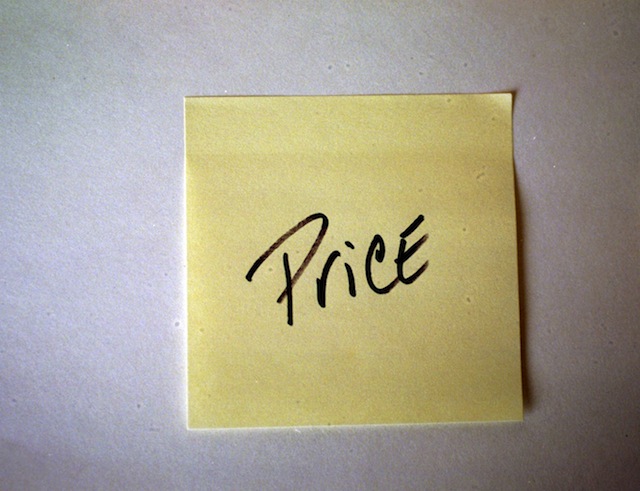It’s no coincidence Amazon’s media release announcing the new range of Kindle e-book readers was headlined introducing the All-New Kindle Family: Four New Kindles, Four Amazing Price Points.
The $79 price for the base model has authors excited, and quite rightly too as this will guarantee sales of the e-readers and spur sales of e-books.
Once a product’s perceived as being affordable by the market, sales take off. The classic is Josiah Wedgwood selling bone china at prices affordable to the 18th Century English working classes. The basic product was similar in all but the decoration to the ornate wares Wedgwood sold to Europe’s royal families and the then new methods of mass production guaranteed a quality product to all customers.
Just over a century later, Henry Ford did a similar thing with the motor car, meeting the price points that made the horseless carriage accessible to the middle classes in early 20th Century United States.
In more recent times we’ve seen similar trends happen; the under $2,000 personal computer in the 1990s, the sub $500 netbook in 2008 and the affordable smart phones of recent years.
We can add broadband Internet and budget airlines as other examples of how demand has exploded when the cost has dropped below a certain price point.
As technology becomes affordable, we use more of it. A point that’s often lost monopolists and established players in industries.
This is the real opportunity Amazon are now offering with the cheap Kindles and we’ll see e-books boom as people are prepared to make a small investment in the devices.
Almost certainly this will open new markets and unforeseen opportunities for entrepreneurs and writers. The resulting pressures on competitors like the Apple iPad and the various Windows or Android tablet devices should increase innovation as well.
In our own businesses we need to ask what those price points are and what is stopping us from meeting them. As other price busters have shown, if you can meet these price points, the riches are there for the taking.

Leave a Reply